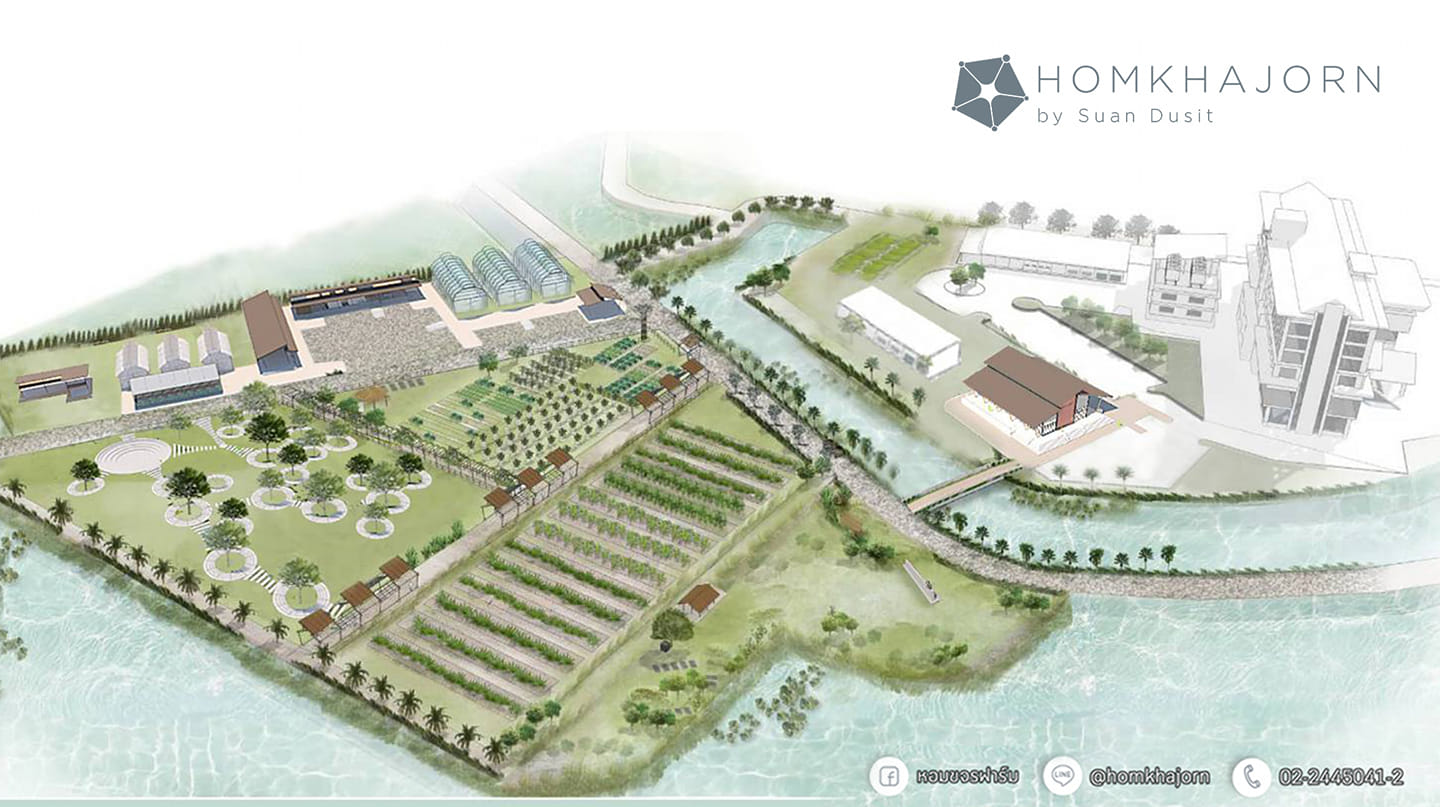
Suan Dusit University, Suphan Buri Campus, has implemented the “Hom Kachorn Smart Safe Agriculture Model City Project” since 2018 as a pioneering initiative that integrates local biodiversity into its land planning and development processes. This project demonstrates how sustainable agricultural practices, community engagement, and biodiversity conservation can coexist within the same landscape, creating a living model of sustainable land use that supports both ecological balance and socio-economic development.
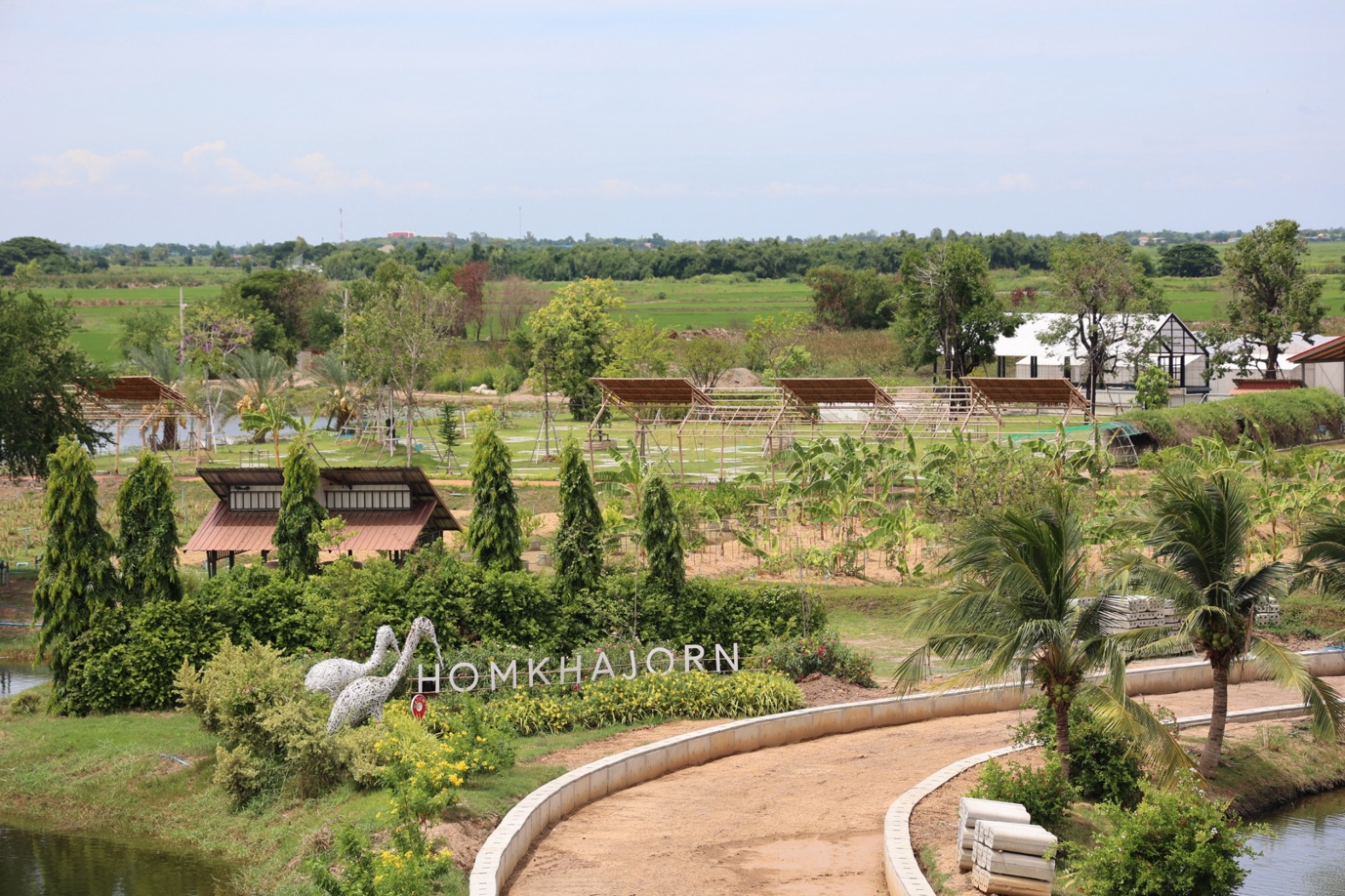
The project was established through collaboration between Suan Dusit University and several key partners, including the Plant Genetic Conservation Project under the Royal Initiative of Her Royal Highness Princess Maha Chakri Sirindhorn (RSPG), Suphan Buri Province, the National Research Council of Thailand (NRCT), the National Science and Technology Development Agency (NSTDA), the Thailand Institute of Scientific and Technological Research (TISTR), the Department of Corrections, and Food Innopolis. Together, these organizations have worked toward a shared goal — to enhance agricultural productivity and ensure fair economic returns for farmers while maintaining environmental integrity and preserving the natural ecosystem of the region.
The land development plan of Hom Kachorn Farm was designed according to ecosystem-based planning principles, ensuring that biodiversity conservation and ecological resilience were central to all development decisions. Native and local plant species were carefully selected and cultivated throughout the farm, including medicinal herbs, edible plants, and economically significant species endemic to Suphan Buri Province. Existing water bodies, green zones, and natural habitats were preserved to sustain local ecosystems and promote habitat connectivity. The design approach exemplifies how local biodiversity integration can guide sustainable land development, reducing the environmental footprint of agricultural expansion and infrastructure growth.
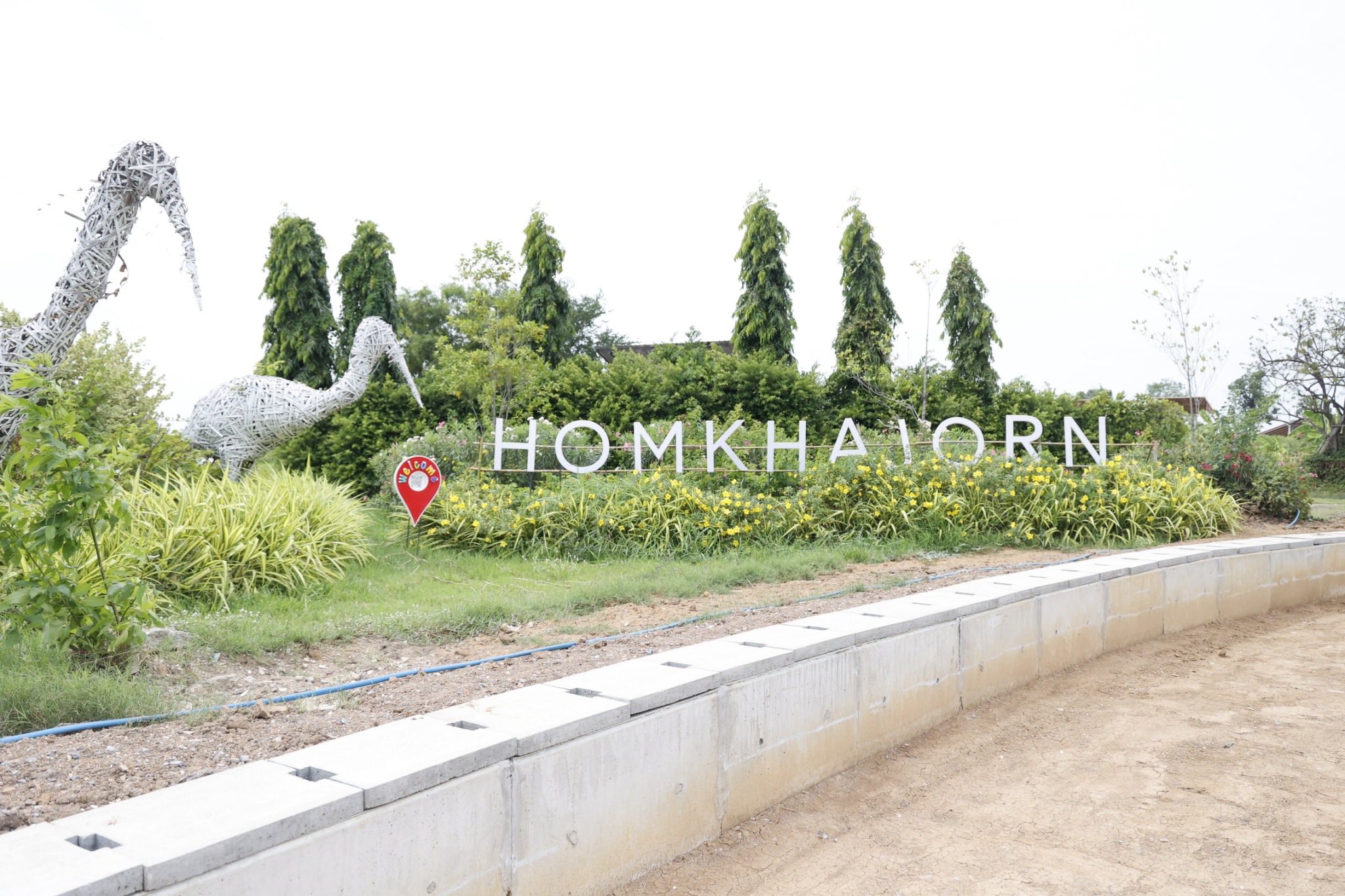
The project’s activities are structured around five key dimensions that align with holistic sustainability principles:
- Development of agricultural technologies and innovations adapted to local environmental conditions, promoting efficient resource use and maintaining soil and water quality.
- Value addition through the processing of agricultural products and by-products, reducing waste and promoting circular economy practices.
- Building agricultural market linkages through local and regional value chains that connect farmers, producers, and consumers of safe food.
- Knowledge and technology transfer across the entire production chain, empowering farmers and students to become environmentally conscious “Smart Farmers.”
- Promotion of agrotourism and the conservation of agricultural biodiversity that celebrates the region’s cultural and ecological identity, including the development of sustainable tourism routes and biodiversity-based learning activities.
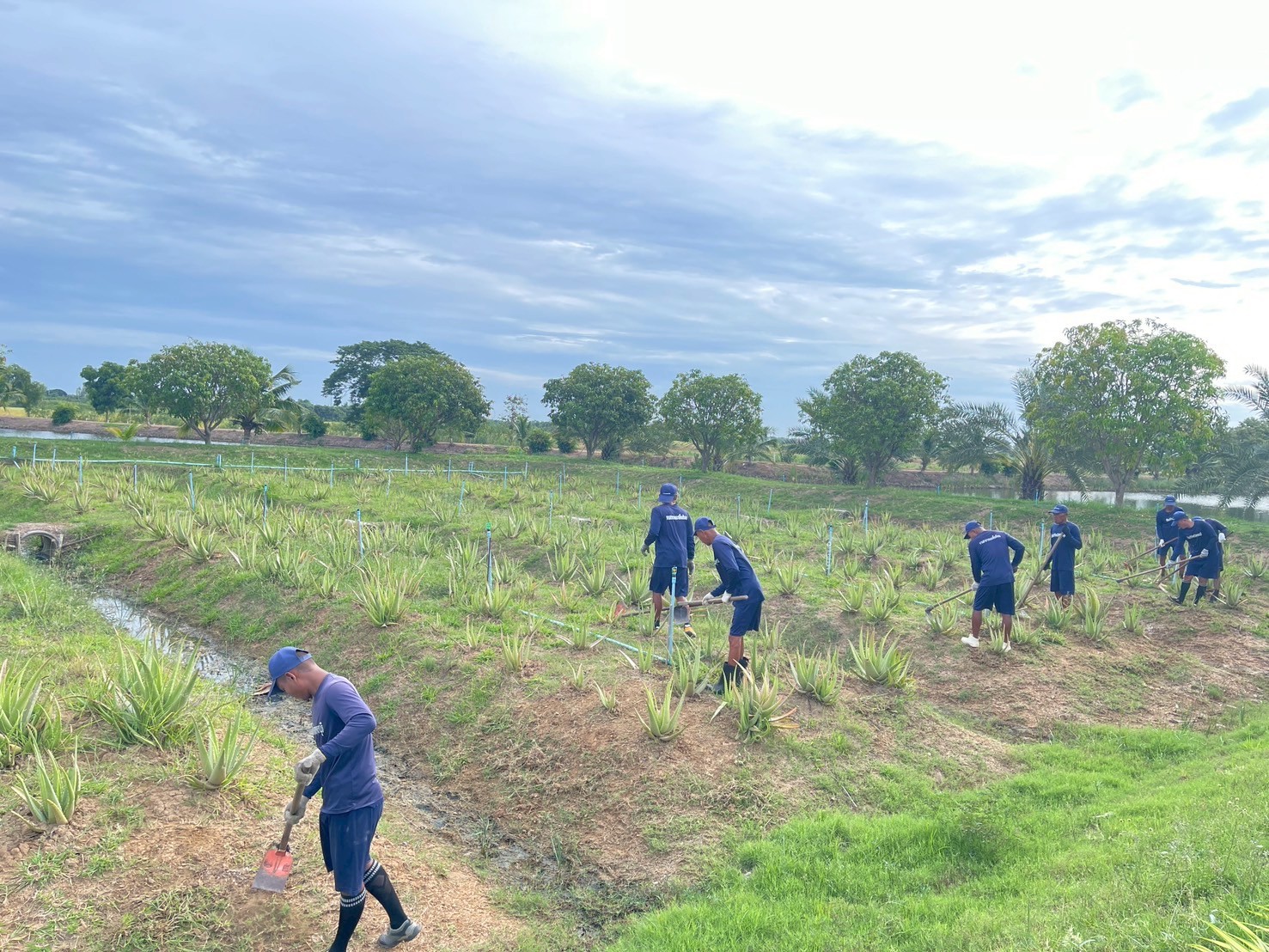
Beyond its agricultural objectives, Hom Kachorn Farm serves as a “Living Learning Space” where students, farmers, and local communities engage in hands-on learning about environmental stewardship, ecosystem restoration, and sustainable resource management. Activities such as local species cultivation, soil and water conservation, and agro-biodiversity restoration have transformed the farm into an open-air classroom that connects science with community practice. This participatory approach enhances public awareness of the importance of conserving biodiversity while using land resources responsibly.
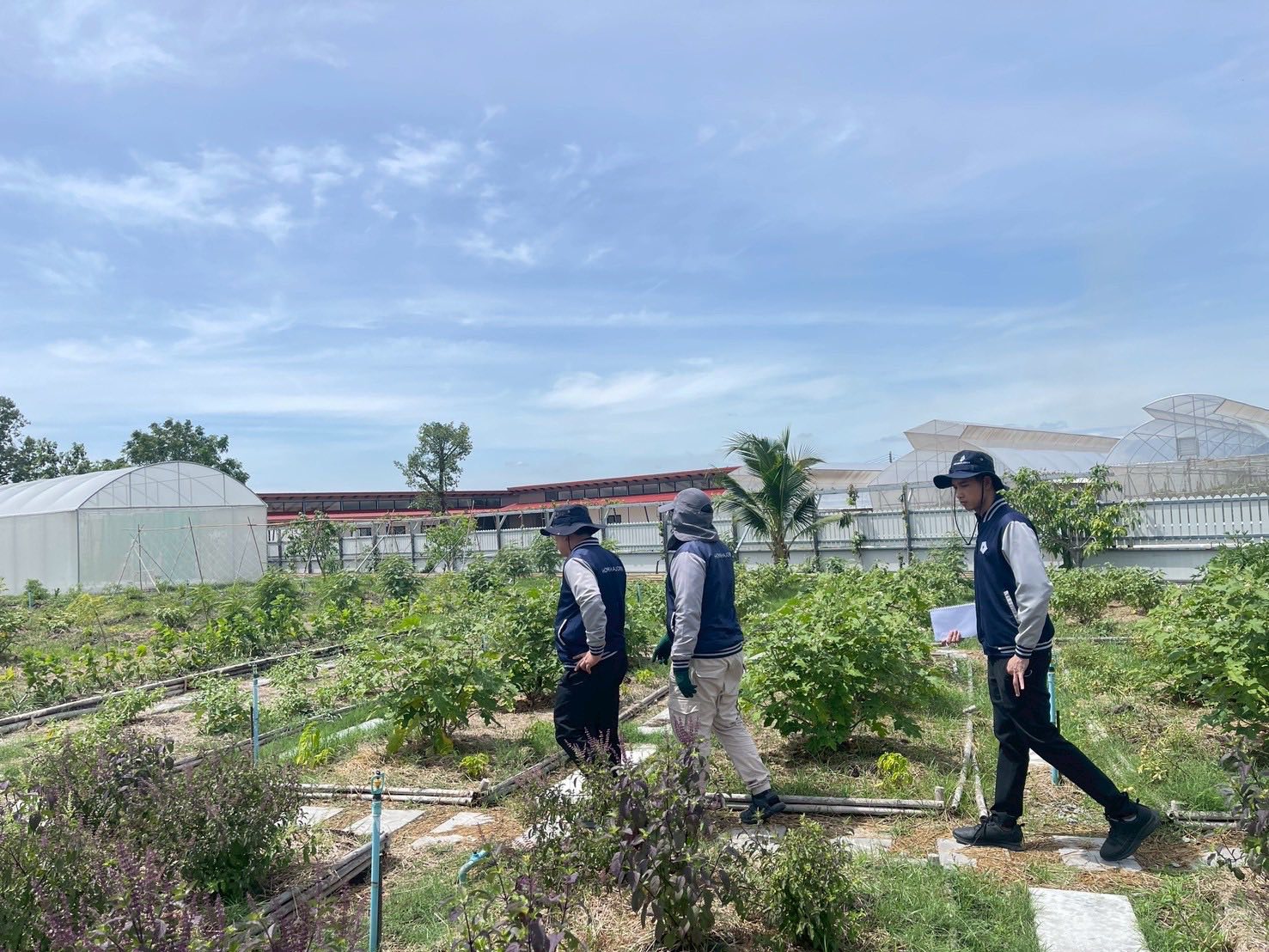
The project’s landscape development also incorporates biodiversity-sensitive design principles. Natural green spaces were preserved and enhanced, and ecological features such as native vegetation buffers and water-retaining landscapes were maintained to prevent habitat loss. These efforts ensure that the development of new agricultural and educational facilities within the campus respects the integrity of existing terrestrial ecosystems.
Therefore, the “Hom Kachorn Farm Project” at Suan Dusit University, Suphan Buri Campus, serves as direct policy evidence of how the university integrates local biodiversity into its land planning and development in a systematic and sustainable manner. The project promotes the responsible use, restoration, and conservation of terrestrial ecosystems, ensuring that human activities coexist harmoniously with nature. It stands as a model of higher education’s contribution to sustainable land management — one that merges scientific knowledge, innovation, and community participation to foster a balanced relationship between people, land, and biodiversity.
